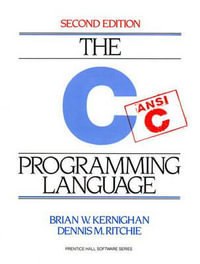
Project Scheduling Handbook
Hardcover | 30 September 2003 | Edition Number 1
At a Glance
Hardcover
RRP $368.00
$315.99
14%OFF
Available for Backorder. We will order this from our supplier however there isn't a current ETA.
ISBN: 9780824746216
ISBN-10: 082474621X
Series: Civil and Environmental Engineering
Published: 30th September 2003
Format: Hardcover
Language: English
Number of Pages: 400
Audience: Professional and Scholarly
Publisher: Taylor & Francis Inc
Country of Publication: GB
Edition Number: 1
Dimensions (cm): 28.0 x 21.0 x 2.54
Weight (kg): 0.67
Shipping
| Standard Shipping | Express Shipping | |
|---|---|---|
| Metro postcodes: | $9.99 | $14.95 |
| Regional postcodes: | $9.99 | $14.95 |
| Rural postcodes: | $9.99 | $14.95 |
Orders over $79.00 qualify for free shipping.
How to return your order
At Booktopia, we offer hassle-free returns in accordance with our returns policy. If you wish to return an item, please get in touch with Booktopia Customer Care.
Additional postage charges may be applicable.
Defective items
If there is a problem with any of the items received for your order then the Booktopia Customer Care team is ready to assist you.
For more info please visit our Help Centre.
You Can Find This Book In
This product is categorised by
- Non-FictionBusiness & Management
- Non-FictionEngineering & TechnologyCivil EngineeringBuilding Construction & Materials
- Non-FictionEngineering & TechnologyEnvironmental Science
- Non-FictionEngineering & TechnologyCivil EngineeringStructural Engineering
- Non-FictionEngineering & TechnologyTechnology in GeneralEngineering in General
- Booktopia Publisher ServicesTaylor & Francis
- Non-FictionEngineering & TechnologyCivil Engineering
























